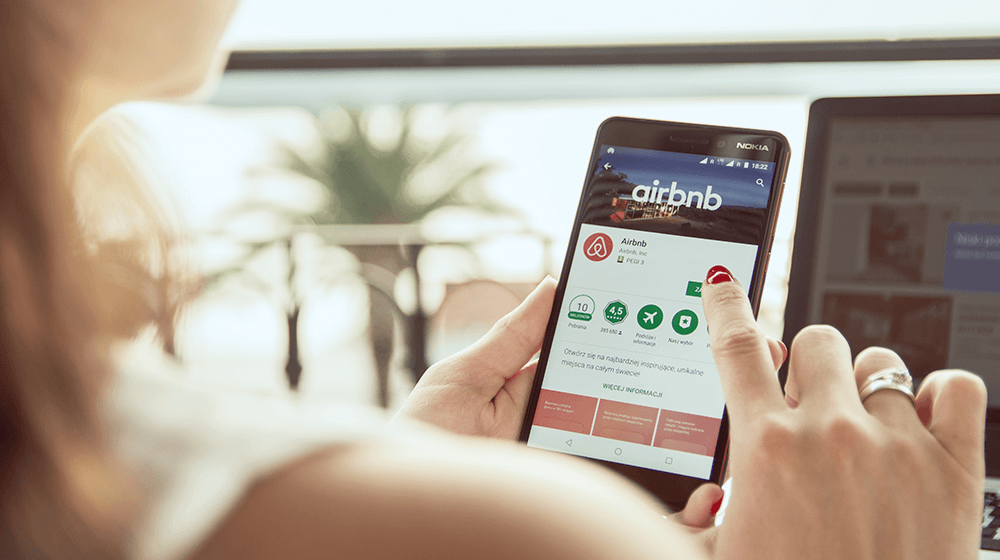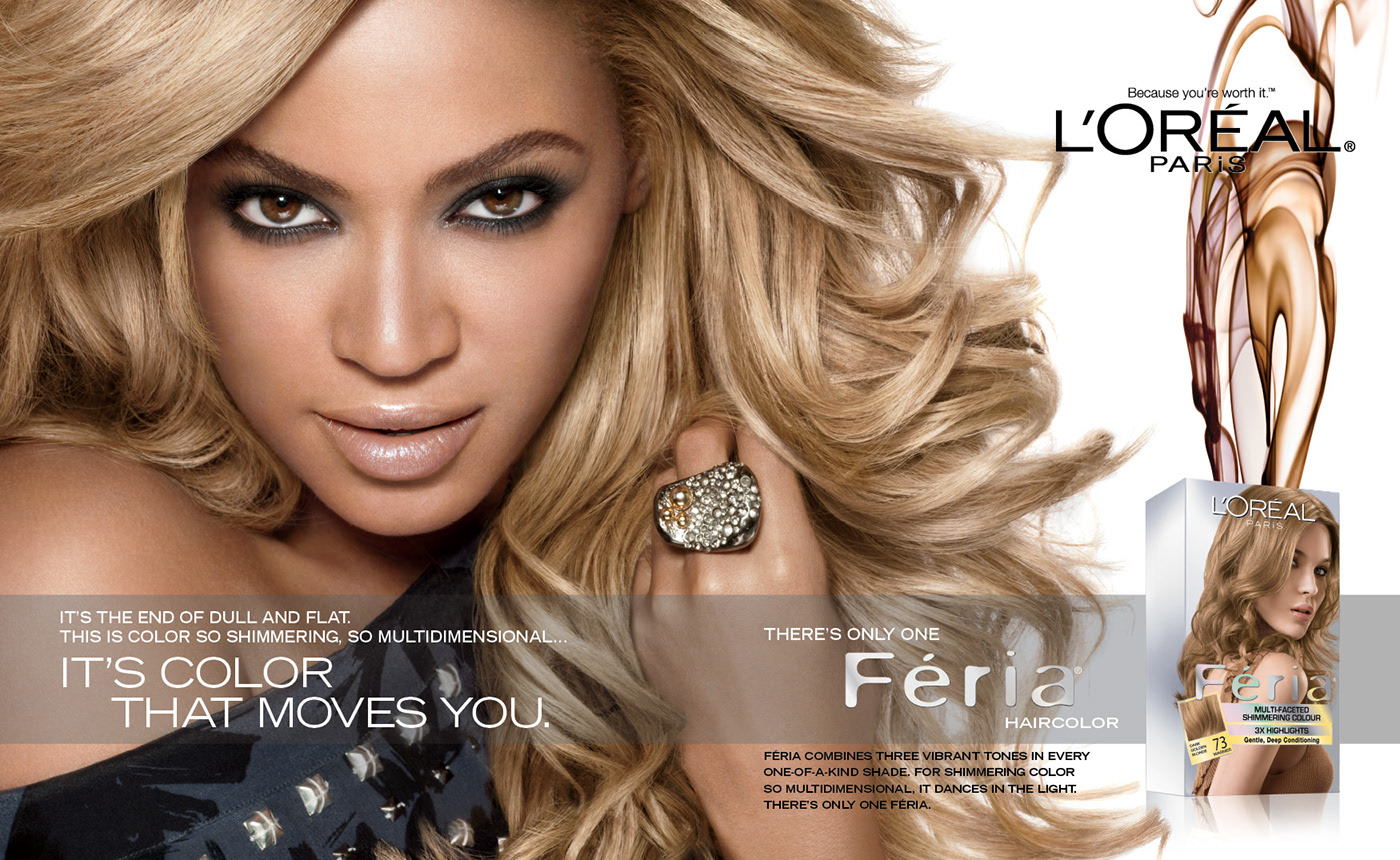Article Content:
Micro-Influencers and Macro-Influencers?
Factors to Consider When Choosing Between
Micro and Macro-Influencers
Pros and Cons of Micro-Influencers
Pros and Cons of Macro-Influencers
Successful Campaigns Using Micro
and Macro-Influencers
In an era where social media reigns supreme, choosing the right influencer has become an art form. Are you torn between partnering with a social media star with millions of followers or someone with a smaller but more deeply connected audience? Deciding between a micro-influencer and a macro-influencer is a critical choice for any marketing campaign. This article will help you navigate this decision and find the perfect match to achieve your business goals.
What Are Micro-Influencers and Macro-Influencers?
Micro Influencer
Micro-influencers are individuals with a following of 1,000 to 100,000 on social media platforms. Although they don't have the massive follower count of macro-influencers, they stand out for their high engagement rates and deep influence over a niche audience within a specific field.
Example:
Lam Thuy Nha (Vietnamese Beauty Blogger): With around 50,000 followers on Instagram, Lam Thuy Nha is well-known in the beauty community in Vietnam. She frequently shares skincare product reviews and has strong engagement with her audience.
Nguyen Van Tu (Fitness Influencer): As a fitness coach, Tu has about 20,000 followers on TikTok, where he regularly posts workout and nutrition videos. He has built a close-knit and friendly community.
 |
Macro Influencer
Macro-influencers are individuals or organizations with a following of 100,000 to over a million. They have the ability to reach and influence a large audience thanks to their popularity in one or more fields.
Example:
Chi Pu: As a versatile artist, Chi Pu boasts over 5 million followers on Instagram. She frequently appears in major brand advertising campaigns due to her widespread influence.
Son Tung M-TP: This famous singer has millions of followers across platforms like Facebook, YouTube, and Instagram. His star power helps brands easily reach a large young audience.
Summary:
|
Characteristics |
Micro Influencer |
Macro Influencer |
|
Follower Count |
1,000 - 100,000 |
100,000 - 1,000,000+ |
|
Engagement Rate |
Higher |
Lower |
|
Cost |
Lower |
Higher |
|
Trustworthiness |
High due to close relationships |
Can be seen as less authentic |
|
Reach |
Limited, niche focus |
Broad, wide reach |
|
Best For |
Niche campaigns, building trust |
Large-scale campaigns, brand promotion |
 |
Factors to Consider When Choosing Between Micro and Macro-Influencers
Selecting the right influencer for your business campaign can significantly boost its success, helping you not only achieve marketing goals but also deeply connect with your target audience and align with your brand values.
Define Campaign Goals
Before selecting an influencer for your marketing campaign, it’s essential to clearly define your business goals and plans. Is your brand aiming to increase brand awareness, drive website traffic, boost sales, or promote a specific product or service? The influencer you choose should align with these goals.
Example: If your goal is to generate sales, consider influencers who have a proven track record of driving conversions through their content. Then, pair them with the right lead-generation tools to maximize results.
Understand Your Target Audience and Demographics
Understanding your target customer is crucial when choosing an influencer. Analyze the demographics, interests, and behaviors of your ideal customer. The influencer’s followers should closely match your target audience to ensure your brand message is effectively conveyed. Consider factors like age, gender, location, interests, and values when assessing the influencer’s audience demographics.
Brand Fit
Choose an influencer whose content and values align with your brand. It's important that their personal brand and message harmonize with your company’s identity and messaging. This alignment makes the influencer’s endorsements more authentic and trustworthy to their audience.
For instance, if your brand is eco-friendly, partnering with an influencer known for sustainability can enhance your credibility in this area.
Consider Budget
Budget plays a crucial role in influencer selection. Different influencers will have varying price points based on their reach, engagement rates, and expertise in their field. Determine how much your business is willing to spend on an influencer campaign and look for influencers whose fees align with your budget.
Keep in mind that return on investment (ROI) should also be considered, as working with a costly but highly effective influencer could yield better results.
 |
Pros and Cons of Micro-Influencers
Pros:
- High Engagement: Micro-influencers often have higher engagement rates due to their close and authentic relationship with their followers. This helps them easily build trust and encourage actions from their audience.
Example: A study by Hype Auditor found that micro-influencers with 1,000 to 10,000 followers have an engagement rate of 3.1%, higher than larger influencers.
- Lower Costs: Collaborating with micro-influencers typically costs less, helping businesses optimize their marketing budget. This is particularly important for small businesses or startups.
- Authenticity: Micro-influencers usually produce more authentic and relatable content, helping brands build trust with their target customers.
Example: A travel blogger with 5,000 followers might create genuine travel content and engage strongly with their audience, helping a travel brand reach the right customer base.
- Niche Market Focus: Micro-influencers can focus on niche markets, helping businesses easily reach the right target customers and boost engagement.
Example: An organic food brand could partner with nutrition experts who have influence in their community to reach health-conscious customers.
Cons:
- Limited Reach: Despite high engagement, micro-influencers often have limited reach and can't access large audiences like macro-influencers.
- Lower Viral Potential: Due to their smaller follower count, micro-influencers may not create widespread buzz or viral impact.
Example: A new product launch campaign may not achieve high visibility when only using micro-influencers, especially when quick and broad reach is needed.
- Need for Managing Multiple Influencers: To achieve the same impact as a macro-influencer, businesses might need to collaborate with multiple micro-influencers simultaneously, requiring more complex management and coordination.
Example: A fashion brand might need to partner with dozens of micro-influencers to achieve the same reach as a major macro-influencer.
Pros and Cons of Macro-Influencers
Pros:
- Wide Reach: Macro-influencers can reach a large audience, helping brands quickly boost awareness on a broad scale.
Example: A famous singer with millions of followers on social platforms can help a brand reach millions of potential customers in a short time.
- Strong Viral Impact: Thanks to their popularity, macro-influencers can create strong viral effects, helping brands quickly capture attention and increase visibility.
- Ability to Enter New Markets: With their extensive influence, macro-influencers can help brands easily penetrate new markets and reach diverse customer bases.
Example: An international fashion brand looking to enter the Asian market could partner with a famous local actor to build trust and attract public attention.
Cons:
- High Costs: Working with macro-influencers often requires a large budget, making it a significant investment for businesses.
Example: A study by Influencer Marketing Hub shows that a post from a macro-influencer can cost anywhere from tens to hundreds of thousands of dollars.
- Lower Engagement Rates: Despite their large follower base, macro-influencers often have lower engagement rates due to less deep connections with their audience.
Example: Research indicates that macro-influencers have an average engagement rate of just 1% to 2%, lower than micro-influencers.
- Risk of Losing Authenticity: Since they often work with multiple brands simultaneously, macro-influencers can be perceived as less authentic, causing audiences to lose trust in their recommendations.
Example: A famous influencer frequently promoting various products might make their audience skeptical about the authenticity of the content shared.
 |
Successful Campaigns Using Micro and Macro-Influencers
Successful Micro-Influencer Campaigns
- “Glossier” Campaign
- Brand: Glossier, a well-known American cosmetics company.
- Goal: Increase exposure for a new product and build customer trust.
- Method: Glossier collaborated with hundreds of micro-influencers in the beauty field, allowing them to try new products and share personal experiences on social media platforms.
- Result: The campaign helped Glossier attract millions of interactions and boost sales by up to 200% within six months.
- “Airbnb Local Experiences” Campaign
- Brand: Airbnb, a platform for room sharing and travel experiences.
- Goal: Increase awareness of the unique local experiences offered by Airbnb.
- Method: Airbnb chose to collaborate with micro-influencers who are influential in local communities to create content about special experiences.
- Result: The campaign helped Airbnb increase brand recognition and bookings by 150% within three months.
 |
Successful Macro-Influencer Campaigns
- “L’Oréal Paris x Beyoncé” Campaign
- Brand: L’Oréal Paris.
- Goal: Boost brand awareness and promote a new beauty product line.
- Method: L’Oréal Paris partnered with Beyoncé, one of the most famous global stars, to promote their new haircare line. Beyoncé appeared in commercials and social media posts and participated in media events to promote the product.
- Result: The campaign generated millions of views and interactions on social media, significantly boosting L’Oréal Paris’s brand recognition and sales. Revenue from the promoted product increased by 40% within three months.
 |
- “Nike x Cristiano Ronaldo” Campaign
- Brand: Nike.
- Goal: Promote a new sportswear line and enhance brand visibility.
- Method: Nike collaborated with Cristiano Ronaldo, one of the most famous football players globally, to promote the new product line through videos and social media posts.
- Result: The campaign attracted hundreds of millions of views and helped Nike increase sales by 25% within two months.
.jpg) |
Choosing between a micro-influencer and a macro-influencer depends on the goals and budget of each campaign. While micro-influencers offer advantages in terms of engagement and authenticity, macro-influencers provide extensive reach and the ability to create a powerful viral effect. Understanding the strengths and weaknesses of each type of influencer can help businesses optimize their marketing strategies and achieve the best results.
See more:
WHICH TYPE OF INFLUENCER SHOULD YOU CHOOSE FOR YOUR MARKETING CAMPAIGN?
EVERYTHING ABOUT UGC 2024: THE SECRET TO TURNING CUSTOMERS INTO BRAND "CONTENT CREATORS"
TRÒN HOUSE
